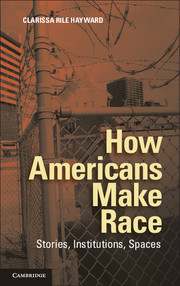5 - White Fences
Published online by Cambridge University Press: 05 June 2014
Summary
In the spring of 1986, Leslie Wexner, the billionaire founder of The Limited, Inc., together with his business partner, developer John (Jack) Kessler, began to purchase property in New Albany, Ohio. A small, rural village northeast of Columbus, New Albany’s population at that time was just over 400 people, most of them elderly, and most of them poor. No levy had been passed in the village since 1932, and the municipal budget was $80,000. Wexner and Kessler made their early land purchases anonymously, through third-party buyers like the Smith and Hale law firm. They then began to buy openly, through the New Albany Company (NACO), a development firm owned by Wexner and chaired by Kessler. Through the 1990s, NACO assembled large plots of land in New Albany and transformed the rural village into what relatively quickly became an upscale, Georgian-themed suburban enclave. NACO bordered its development with white-plank fences: an iconic symbol of rural America that, by 1990 in New Albany, Ohio, was also a status symbol, dividing those who could afford to buy in Wexner’s new development from those who could not. The latter included most of New Albany’s longtime residents, who eventually were enticed (by high-priced offers for their homes and farms) and/or constrained (by dramatically increasing property taxes) to leave.
Changes in New Albany were dramatic, and they were quick. By 1990, the population had increased nearly 300 percent, to sixteen hundred twenty-one: the result of growing density, due to development, and the annexation to the village of formerly unincorporated land. Ten years later, the population of Wexner’s white-fence community was more than thirty-seven hundred. By 2010, it was more than seventy-seven hundred: an increase of almost 2,000 percent in just a quarter century. Per capita income by the time of the 2000 census was $62,000. By 2010, it was about $72,000: almost three times the per capita income for the city of Columbus. New Albany, Ohio was the wealthiest municipality in the Columbus metropolitan area.
- Type
- Chapter
- Information
- How Americans Make RaceStories, Institutions, Spaces, pp. 151 - 186Publisher: Cambridge University PressPrint publication year: 2013



